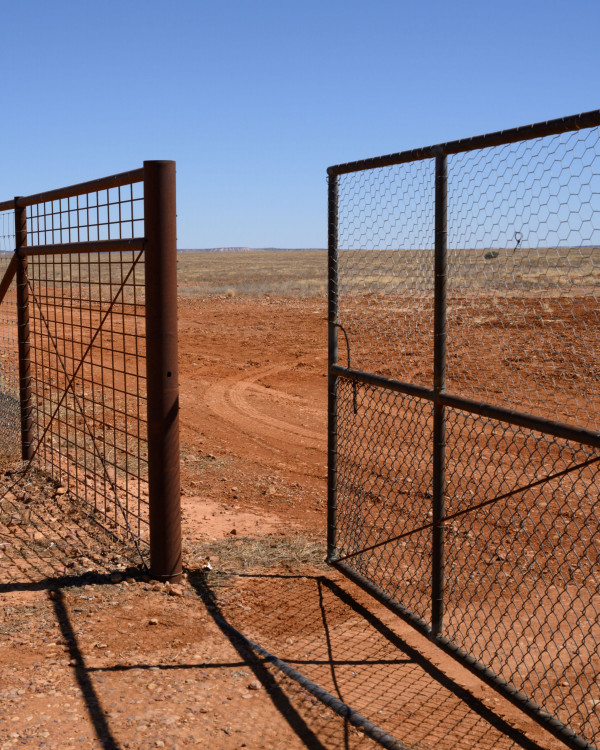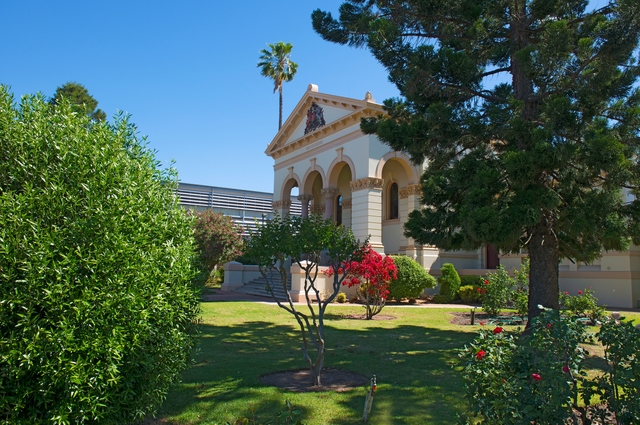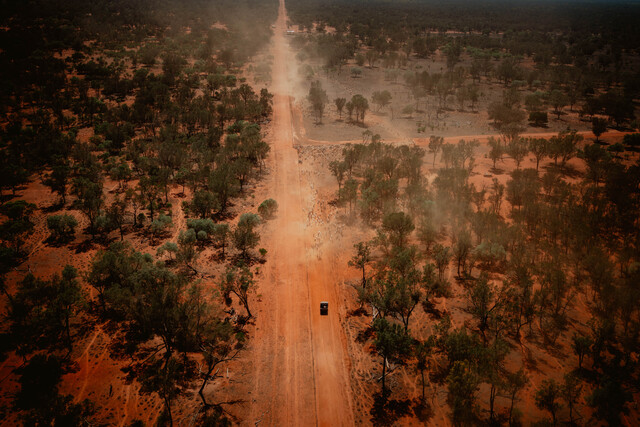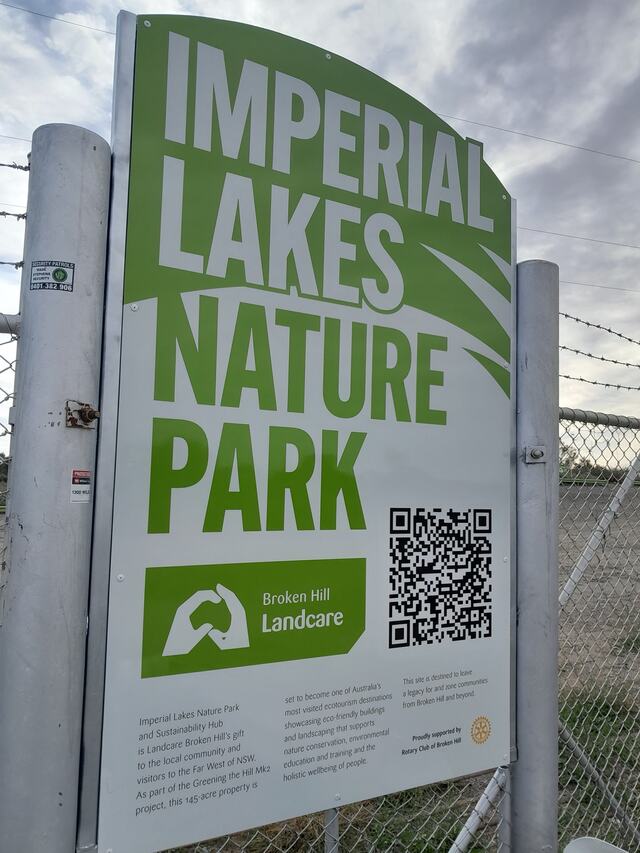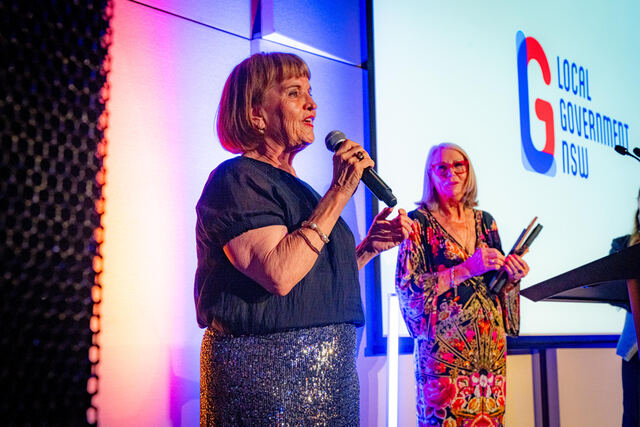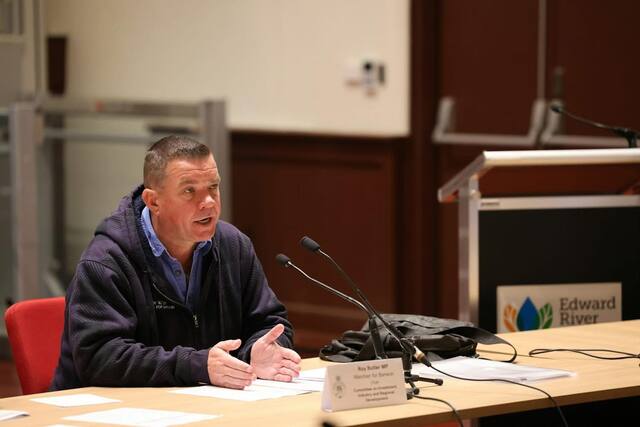FOR two-and-half-years photographer Matt Dunne has been working on a series documenting the dog fence, which stretches 5614 kilometres through South Australia, New South Wales and Queensland.
The culmination of countless hours working on the project will be an exhibition at Broken Hill’s Slag Heap Projects this May, and he is planning a final trip to the Far West in April to complete the project.
“I’ve been working on a project called 1080,” he said. “It’s about dingoes, wild dogs, the dog proof fence and how these animals are talked about and treated in Australia.”
The project’s title, 1080, refers to the main poison used when dog baiting along the fence, and Dunne said he was drawn to the dog fence due to the misinformation and heated discourse around wild dogs or dingoes.
“I was interested in this cognitive dissonance, where we’re excluding a native animal to protect sheep farms, and often in areas where there aren’t many sheep being farmed,” he said.
“I began working on it in a roundabout way.
“I wanted to make something about the labour around conservation. So I spent time on a conservation property between Mildura and Broken Hill, and one property had a really large predator-proof fence.
“I was struck by how necessary it was to almost create a zoo for native animals because of cats and goats and foxes in particular. And so much of the work at this site was around protecting and maintaining the fence first and foremost in order to do all the other work.”
Dunne said the experience inspired him to look further into fencing infrastructure, and he was struck by how expansive the dog fence is.
“It’s insane in a way, that we have this fence that’s longer than the Great Wall of China,” he said. “It’s longer than the distance between Sydney and Perth.
“But often in also goes all the way up to Coober Pedy, which isn’t a particularly arable part of Australia.”
Dunne began looking into locations where the fence could be publicly accessed, but said he discovered most of the fence runs through stations and private property.
“I found a road north of Silverton where you can drive along the fence for quite a few kilometres, and also places up in Sturt National Park and Cameron’s Corner.”
After that Dunne came across a researcher called Dr Mike Letnic, who has spent decades researching the effects of the fence in Broken Hill, often from the Fowlers gap research station.
“He was really responsive and generous with sharing information,” Dunne said.
Dunne said the work would be an exhibition of photographs he’s made, along with some sort of installation.
“We’re talking about how we can replicate the fence in the gallery,” he said.
“Can we rebuild a section using temporary fencing? Can I collect old fence posts?
“I’m thinking about collecting some found items and bringing them into the gallery.
“So the photos are only part of it, there’s also these physical things and then there’s the public engagement aspect.”
Dunne said he hopes the outcome of the exhibition to be to facilitate engagement with the work through encouraging audiences to ask questions.
“People talking about it and thinking and asking questions, that’s a real outcome for me, what people do with the work,” he said.
On his final trip Dunne said he hoping to spend some time looking at archival images of the fence and dog trapping practises, as well as historic sheep farming images.
He’s also is seeking to connect with anyone who has a property that the dog fence runs through, and especially anyone who is able to access where the extension of the fence is currently being built on the NSW/SA border.
With his interests now going beyond the dog fence, Dunne said he would also like to photograph more feral species like goats, foxes or cats, and any trapping people are doing or feral species mustering.
He said though he has his own opinion, he’s open minded and interested to hear alternative thoughts.
“So if people read this and say you know, ‘I don’t think this guy knows what he’s talking about’, I’m really happy for people to disagree with me,” he said.
Dunne can be reached via text at 0403 063 828 or via email at dunne.matt@gmail.com.

